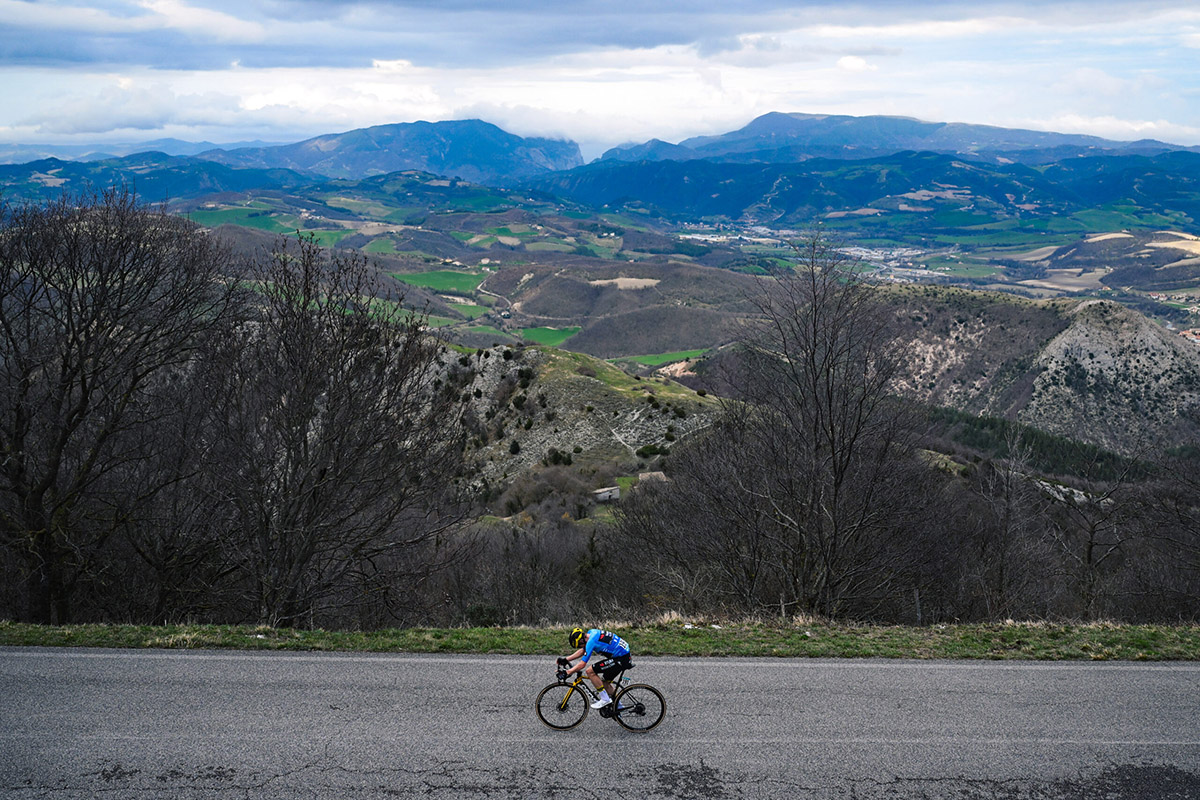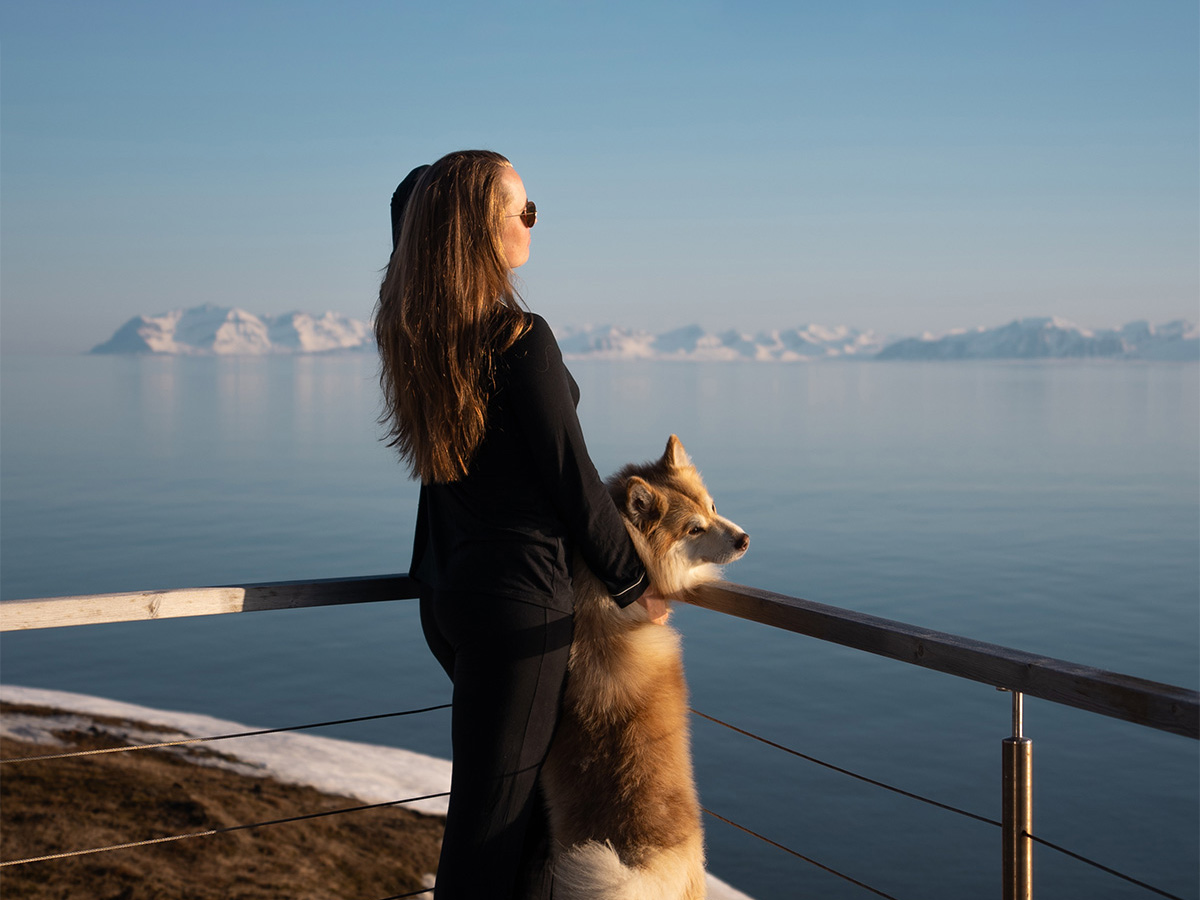Åsne Seierstad – The fearless narrator

She has reported some of the world’s most gruesome wars and conflicts from places few of us would venture unflustered. With an impressive cool she has narrated daily life in Baghdad, Kabul and Chechnya, and written globally acclaimed books about places that would perhaps remain unexplained without her dedicated storytelling. Still, even the most avid admirers of Åsne Seierstad know her best through newspapers, TV screens and books. Scan Magazine’s Julie Lindén sat down with the award-winning journalist and author to learn more about the woman behind the mysterious calm, the never-ending search for stories – and her most emotionally challenging work yet…
Vanity has no place in Åsne Seierstad’s world. This is the first thing I learn about her as she greets me in the doorway of her red Oslo villa. “I’m doing a bit of gardening oday,” she says with a short laugh, her jeans somewhat stained by dirt. “You’ve got to make the most of your free time.” Indeed. Having just arrived home from the Sydney Writers’ Festival a few days before our meeting (after which she made a pit stop in London to appear at a Q&A with Frontline Club), she is already packing her bags for San Francisco. “I don’t leave until tomorrow morning at 10, so I’ve got plenty of time,” she replies serenely while pouring me coffee, when I thank her for fitting me into her busy schedule. Efficiency. Efficiency does have a place in Seierstad’s world.
From Oslo to Chechnya – via Mexico and a brothel
Although Seierstad’s typically Norwegian house – fully outfitted with a green garden and leafy porch – is a portrait of homeliness (“living here is pure hygiene for the mind”), it’s in places far from home that she has always felt she belonged. Fresh out of high school, she decided Mexico was the place to satisfy her thirst for global influences. “My friend and I left as fast as we could,” she says, smiling. “We just wanted to see the world, really – and learn some Spanish and dance along the way.” As it turned out, all the dance in Latin America couldn’t keep the young adventuress busy, and she would soon find herself living in a former brothel studying political science in Russia. When she was invited by a friend to meet politician Ruslan Khasbulatov, she was forced to pose as a journalist to get entry to the Parliament building. The rest could be described as impeccably reported history. “People sometimes ask how I found the courage to do what I did,” Seierstad says pensively about her first trip to a soon-to be war-scarred Chechnya in 1994. “It wasn’t like I didn’t consider the risks of what I was about to get into. I was 25 years old, I knew there was a war going on, I knew it was dangerous to go – but I didn’t quite know what it was all about. I just kept telling myself ‘it will all work out’.” There is an inherent naturalness in her voice, as if fright has never really presented itself to her. She reads my mind: “The fearlessness… I think it’s always been there, living inside of me. It’s nothing I necessarily see in other members of my family. I can’t ever remember thinking that I wasn’t good enough to go out and do something I wanted to do, but I’m humble about it. If my plans work out that’s great, but if they don’t – well, then that’s OK too.” She pauses and slips on her sunglasses. “I think I’m lucky that way.”
Finding calm in a war zone – and bitter aftertastes
There were going to be more war reports after Chechnya. Many more. Whether in Kosovo, Afghanistan or Iraq, reporting on camera or working undercover, Seierstad would keep a certain cool that was to become her reporting trademark. “There’s a clear calm that hits me when I enter a war zone,” she says, understanding the paradox. “It’s not like I relax when I land somewhere and there are bombs going off around me, but I focus. I have one thing to do: find out what’s going on and report it. A modern life at home… there are always thousands of things to do.” She smiles, “it’s very difficult paying your bills in Afghanistan.” I can imagine so, and especially while working in disguise. Sipping her coffee, Seierstad recalls her undercover alter egos. “I’ve been a farmer’s wife in Chechnya, and a Latvian woman working in an orphanage,” she counts, with unmistakable precision. “The burka has of course helped me in places like Afghanistan, but that’s more of a common safety measure than a disguise. As such, it’s been an advantage being a female reporter. It would, for instance, have been impossible for a man to live with a bookseller’s family in Kabul. It just wouldn’t have worked out.” Among many coveted works by Seierstad, The Bookseller of Kabul is arguably the one that has attracted the most attention in past years. Living with an Afghan family in the wake of Taliban’s fall, Seierstad gave her observant account of daily life in the country’s capital – particularly describing the situation for women. While the global press have praised the non fictional book to the skies, the author’s journalistic method was questioned after the bookseller’s wife sued Seierstad for defamation and invasion of privacy. Having meandered the Norwegian legal system for years, the case was recently laid to rest. Can Seierstad finally put the years of litigation behind? “Winning in our Supreme Court had a bitter aftertaste, because it’s a definite defeat for me as a journalist that we couldn’t agree. Therefore I don’t feel like I can put it behind me. Then again I’ve learnt a tremendous amount from the process. Above all that I can’t let it happen again, the endless discussions about my work and how I do it. Especially not when the next book I was writing had to be, had to be, so incredibly precise.”
The article that became a story about Norway
It was just supposed to be an article for Newsweek. Seierstad had been sitting in the backseat of a car, squeezed between her toddlers Embrik and Sol, when the publication’s editor called. It was the 22 July 2011. Newsweek’s editor wanted Seierstad to report on the bombing of Osloand shootings on the island of Utøya,
where Anders Behring Breivik had taken 77 lives. Seierstad wanted to grieve, along with the rest of Norway. “It would have been impossible for me to report there and then. It was just too close to home.” As the trial commenced the following spring, Seierstad quickly understood that her one article about the sentencing had to become something more. “The trial wasn’t the story. I had toresearch his life, but just as importantly – the victims’ lives. The result, One of Us, became a work of contrasts, and I think that’s what makes the book powerful. A book solely about Breivik, or just about the victims would never strike with the same kind of emotional force.” She goes quiet. “The worst thing,” she pauses for thought, “was speaking to the parents. Asking such detailed questions. Learning that there was a cake in the oven, waiting for a son who never came home. Learning where a mother sat in her home when she realised her daughter was dead. I felt so ruthless so often, going over the most painful of details.” In a bid to get closer to the source of the pain, Seierstad got an interview with Breivik’s mother a few days before she died. An interview with Breivik himself was refused. “I sent him a letter. A year later he replied. I remember having to sit down when I realised whom the envelope was from,” she says. “There was this instant feeling of nausea.” In the end the book was, as Seierstad writes in her epilogue, written as a collaboration between the victims’ families and herself. She smiles slightly, as if struck by emotion, gazing out into an Oslo she manifestly loves. Perhaps even more so, now.
Text: Julie Lindén | Photos: Press Photos
Subscribe to Our Newsletter
Receive our monthly newsletter by email





